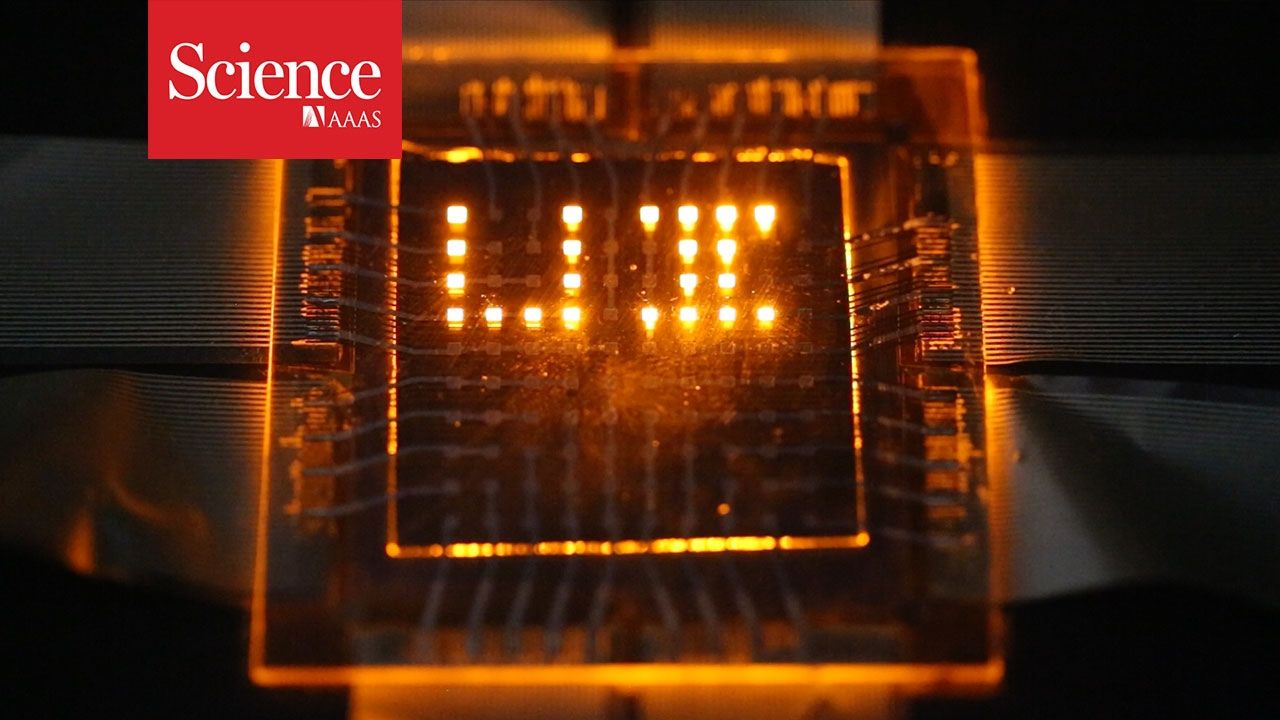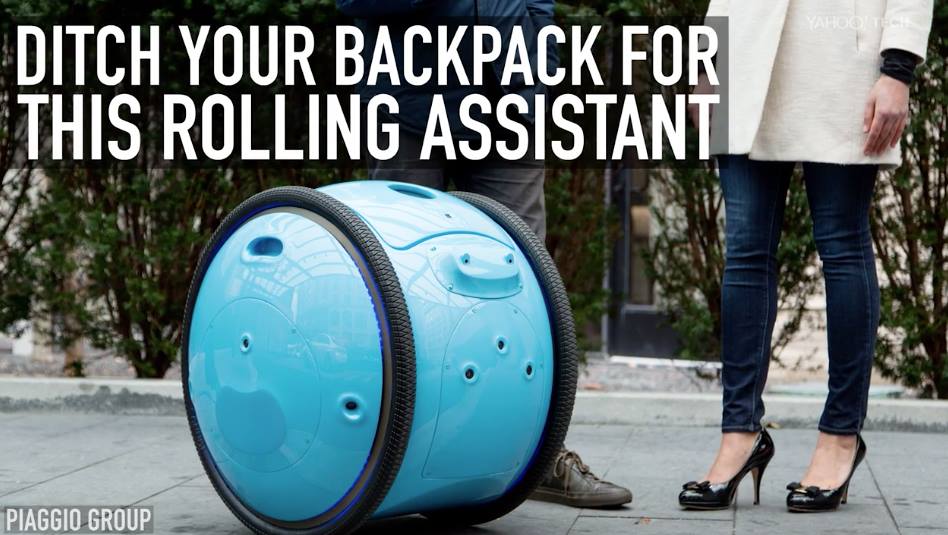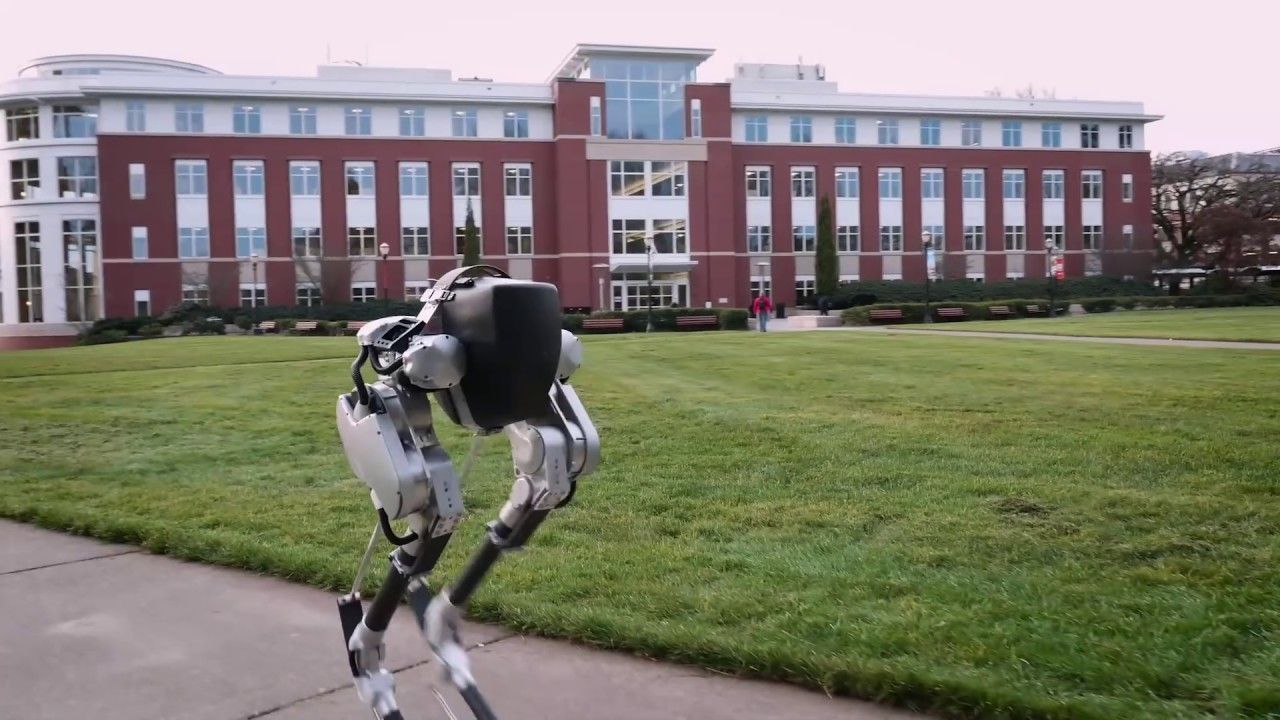I don’t know how to say this; however, Apple has already shared their own experiment Li-Fi over a year ago; now this from IEEE.
Now an advance by a team of researchers from the University of Illinois at Urbana–Champaign, the Electronics and Telecommunications Research Institute in South Korea and Dow Chemical may turn the display market on its head by eliminating the need for backlights in LCD devices. They have produced a LED pixel out of nanorods capable of both emitting and detecting light.
In the video below, you can get a further description of how the nanorods manage to both detect and emit light as well as some pretty attractive future applications, like mobile phones that can “see” without the need of a camera lens or communicate with each other using Light Fidelity (Li-Fi) technology.









